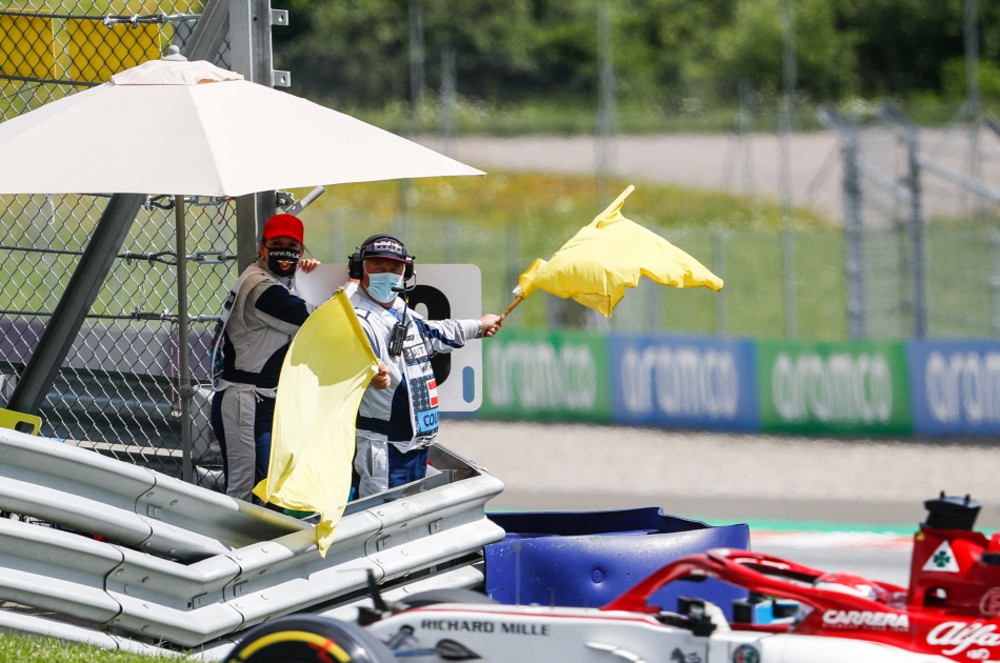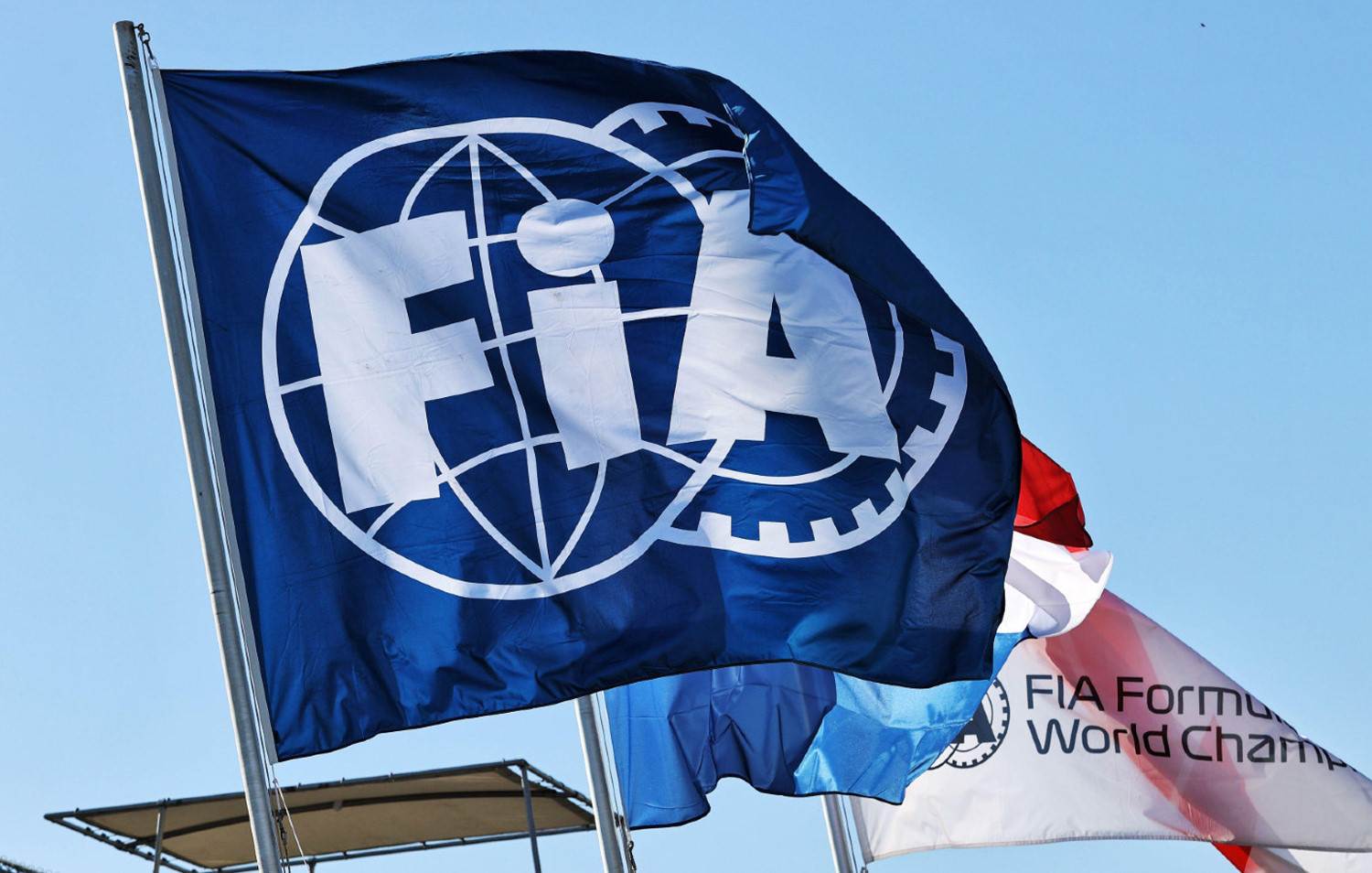F1: FIA implements stricter speed controls in yellow flag zones
In a move designed to boost safety in the FIA Formula 1 World Championship during on-track incidents, the FIA is introducing stricter speed restrictions under a Safety Car or Virtual Safety Car in areas of track where waved double yellow flags are being shown. This action is being taken following research and review of previous incidents and consultation with Formula 1 teams and drivers.

In line with the FIA International Sporting Code double waved yellow flags are shown when there “is a hazard wholly or partly blocking the track and/or marshals working on or beside the track”. In the past, the flags have required drivers to “reduce your speed significantly, do not overtake, and be prepared to change direction or stop.”
However, from this weekend’s Monaco Grand Prix that requirement will become more precise and strictly enforceable, with drivers now being required to meet a set maximum speed limit in areas where double yellow flags are being displayed.
“What we want to do is to provide drivers with a tool to help them during incidents and to make races even safer,” explains FIA Technical Director Tim Goss, who has overseen the project.
“For some years with the Safety Car and Virtual Safety Car we have used delta times, a reference to a speed limit that we have around the track. So, when there is a physical or virtual safety car, the drivers are informed of that delta time on their dashboard display and by radio tones and they have to maintain a positive value, meaning they are slower than the reference time for the lap. However, there are occasions where cars can legitimately temporarily increase their speed to recover any time they have lost relative to this reference time.
“What we want to do now is to extend the use of the delta time concept to ensure that cars are strictly slowed to the required delta time when double waved yellow flags are shown under a Virtual Safety Car or Safety Car, so we are introducing a dedicated reference speed limit in the area where those flags are displayed.”
Earlier this year the FIA completed extensive track testing at different venues, with analysis revealing that the wet safety car reference speed limit would achieve a good step in safety.
FIA Head of F1 Electronics Olivier Hulot explains how the drivers will see that the restriction is active: “Under a Virtual Safety Car, when a driver enters the double yellow, what he sees on the dashboard is zero, so the delta time resets, and he then has to drive below the new speed limit. And he again gets a positive or negative delta relative to that speed limit. So it’s the same principle as before, except that it’s specific to a double yellow zone.”
The restriction won’t catch the drivers by surprise either, with drivers alerted on their dashboard display and by radio tones to the presence of upcoming zones of double yellow flags.
“We have already brought in a system of warnings for yellow and double yellow. The driver gets a warning in the marshalling sector ahead of the yellow or the double yellow. That has been successful already and will help with the new system.”
And while Hulot admits that there might occasionally be a performance loss for cars slowed by a brief period of double yellows safety will be the winner.
“Loss of performance relative to others – if a car goes through a double yellow, but not another one and that car has to slow down, it is losing time relative to rivals. However, for the FIA safety is paramount and when there is a hazard on the track or marshals on track then we have to minimize the risks no matter what.”
